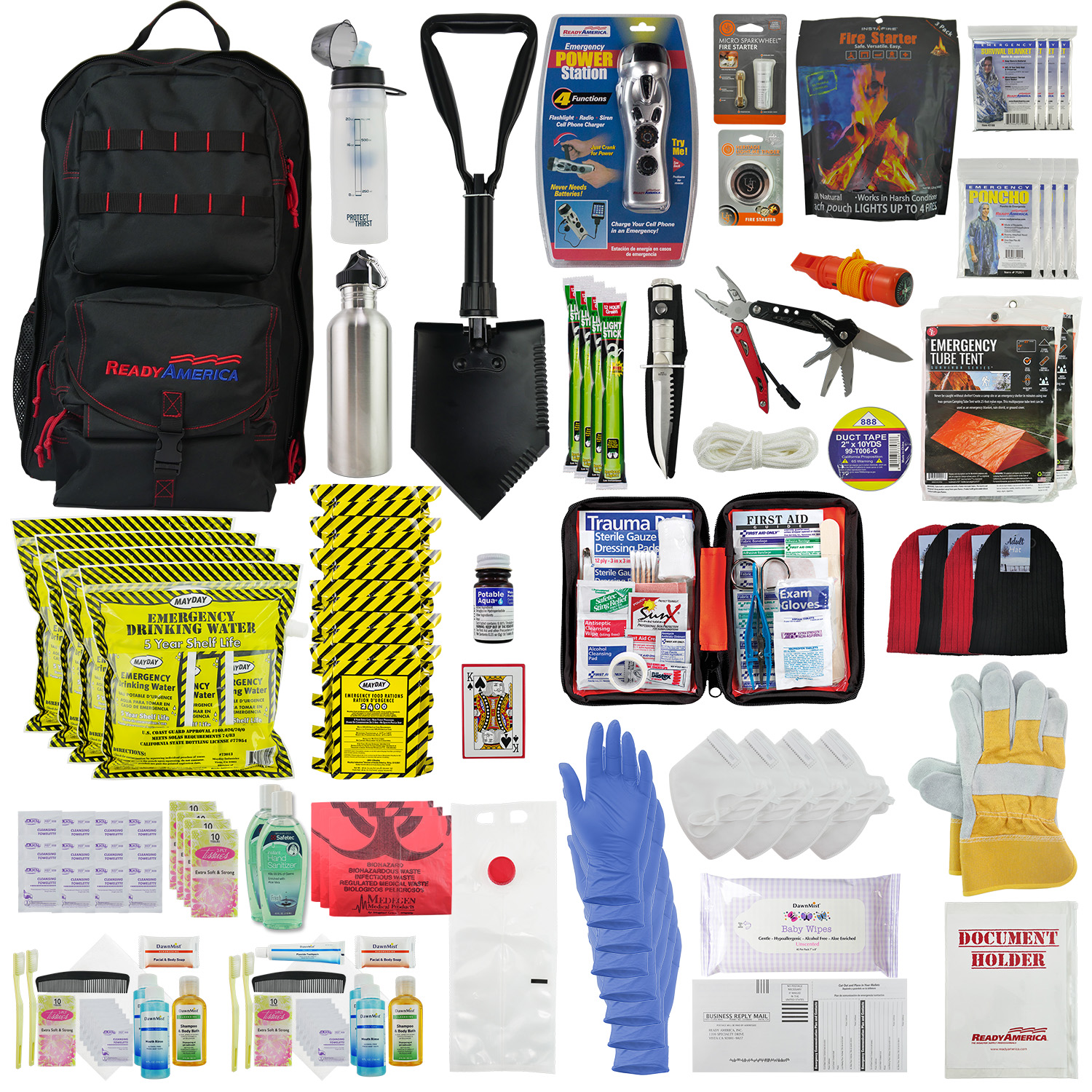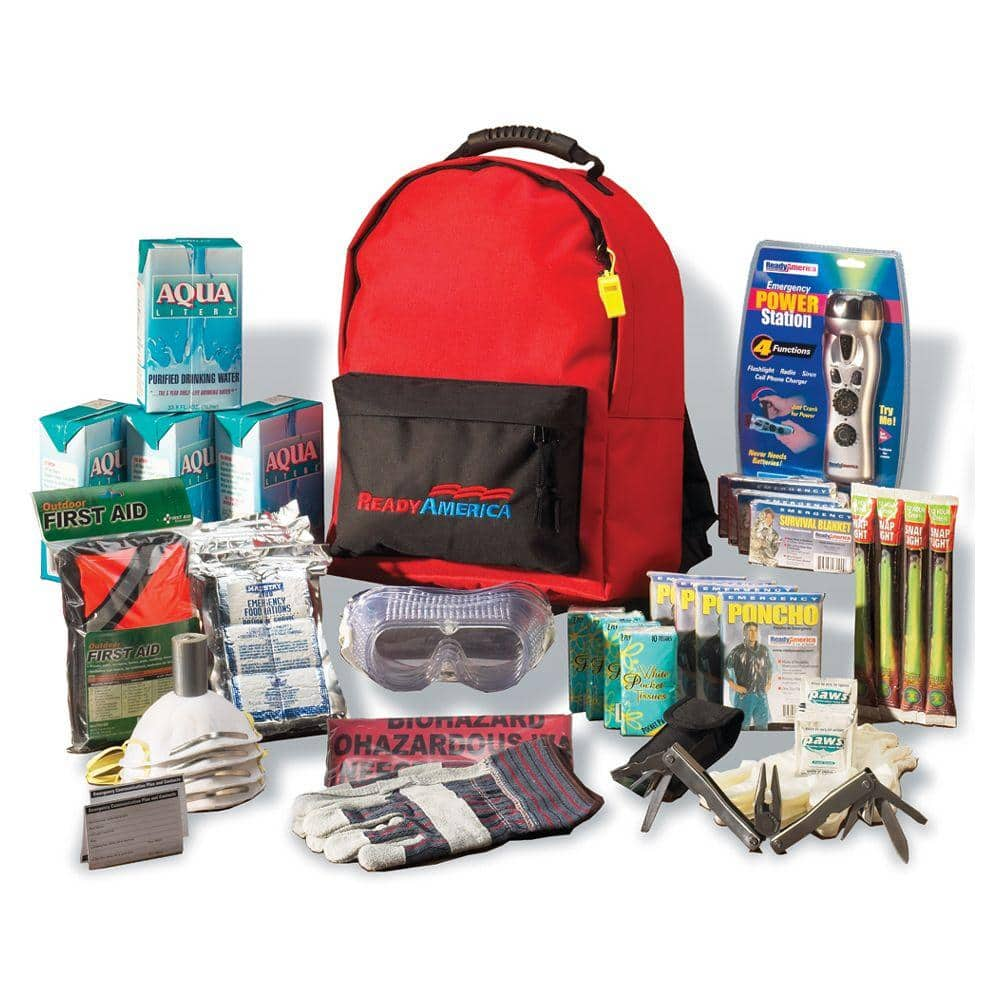Essential Emergency Preparedness Tips for Survival
From constructing a well-equipped emergency kit to developing clear interaction networks and discharge paths, there are a number of important actions that can make a significant distinction in the face of adversity. By proactively attending to these vital facets of emergency situation readiness, you can significantly enhance your opportunities of survival in challenging scenarios (EMERGENCY PREPAREDNESS).
Building an Emergency Set

Start by consisting of non-perishable food things like canned goods, granola bars, and dried out fruits that have a lengthy rack life and do not require cooking. Keep in mind to pack a handbook can opener. Additionally, store a minimum of one gallon of water per person each day for a minimum of three days in sturdy containers.
Keep duplicates of important records like identification documents, insurance policies, and emergency call information in a water-proof container. By setting up a well-balanced emergency situation package, you can much better prepare yourself for unexpected events and raise your possibilities of remaining risk-free during a crisis.
Establishing an Interaction Strategy
Constructing an emergency set with important products sets a strong structure for preparedness; currently, transforming to the development of an interaction plan is important for making sure efficient control and details circulation during times of crisis. A well-thought-out interaction strategy is necessary for keeping people educated, connected, and risk-free in emergency situation situations. Utilize multiple interaction techniques such as message messages, phone calls, social media, and emergency alert systems to ensure details gets to everyone quickly.

Developing Discharge Courses
To guarantee reliable emergency situation action and safety procedures, establishing clear discharge courses is critical in preparedness preparation. Discharge routes should be predetermined and interacted to all people in a given area to make certain a swift and organized emptying in times of dilemma. When developing discharge courses, it is important to think about multiple options to make up various scenarios, such as fires, floods, or various other emergency situations that may block key retreat paths.
The chosen evacuation routes ought to bring about designated secure locations where individuals can look for shelter and await additional instructions or assistance (article source). These routes ought to be conveniently obtainable and well-marked, taking into account the demands of all people, including those with handicaps or movement limitations. Routine drills and method runs along these evacuation routes can help acquaint people with the escape courses and ensure an extra effective discharge procedure throughout real emergency situations
Along with physical emptying paths, it is crucial to have alternate communication methods in position to relay evacuation guidelines and updates properly. By developing and routinely reviewing discharge routes, communities can improve their general emergency situation preparedness and feedback capacities.
Knowing Basic Emergency Treatment
One basic facet of emergency situation readiness is obtaining understanding in standard emergency treatment treatments. In times of situation or catastrophe, having the ability to offer prompt clinical assistance can make a significant distinction in conserving lives. Learning standard initial aid outfits individuals with the abilities to react and examine to typical injuries and clinical emergencies effectively.
Basic very first help training generally covers crucial methods such as mouth-to-mouth resuscitation, wound care, bandaging, splinting, and identifying signs of shock or respiratory system distress. Resources. Understanding just how to provide these basic interventions appropriately can maintain a person's condition till professional clinical help shows up
Furthermore, having a basic emergency treatment package readily offered is important in emergency situation situations. The package ought to include vital materials like plasters, antiseptic wipes, gauze pads, sticky tape, scissors, handwear covers, and tweezers. Recognizing how to use these things appropriately can protect against infections, stop bleeding, and supply comfort to those in need.
Securing Essential Documents
Conclusion
To conclude, being planned for emergency situations is vital for survival. Developing an emergency package, developing a communication plan, developing evacuation courses, learning standard emergency treatment, and securing vital documents are crucial actions to take. By being aggressive and taking these actions, people can boost their opportunities of remaining safe and having the ability to browse via unforeseen scenarios properly. It is essential to prioritize emergency preparedness to make sure preparedness for any type of possible situations that might emerge. EMERGENCY PREPAREDNESS.
From assembling a well-appointed emergency situation package to developing clear communication networks and emptying routes, there are several critical steps that can make a considerable distinction in the face of hardship.To ensure efficient emergency situation action and safety actions, developing clear discharge paths is paramount in preparedness preparation. When establishing evacuation courses, it is crucial to take into consideration numerous alternatives to account for various situations, such as fires, floodings, or other emergencies that might obstruct primary retreat routes.
Routine drills and method runs along these discharge paths can help familiarize individuals with the escape paths and make certain an extra reliable emptying procedure throughout real emergency situations.
Constructing an emergency situation package, developing an interaction strategy, establishing emptying courses, discovering fundamental very first aid, and securing click reference vital documents are vital actions to take.